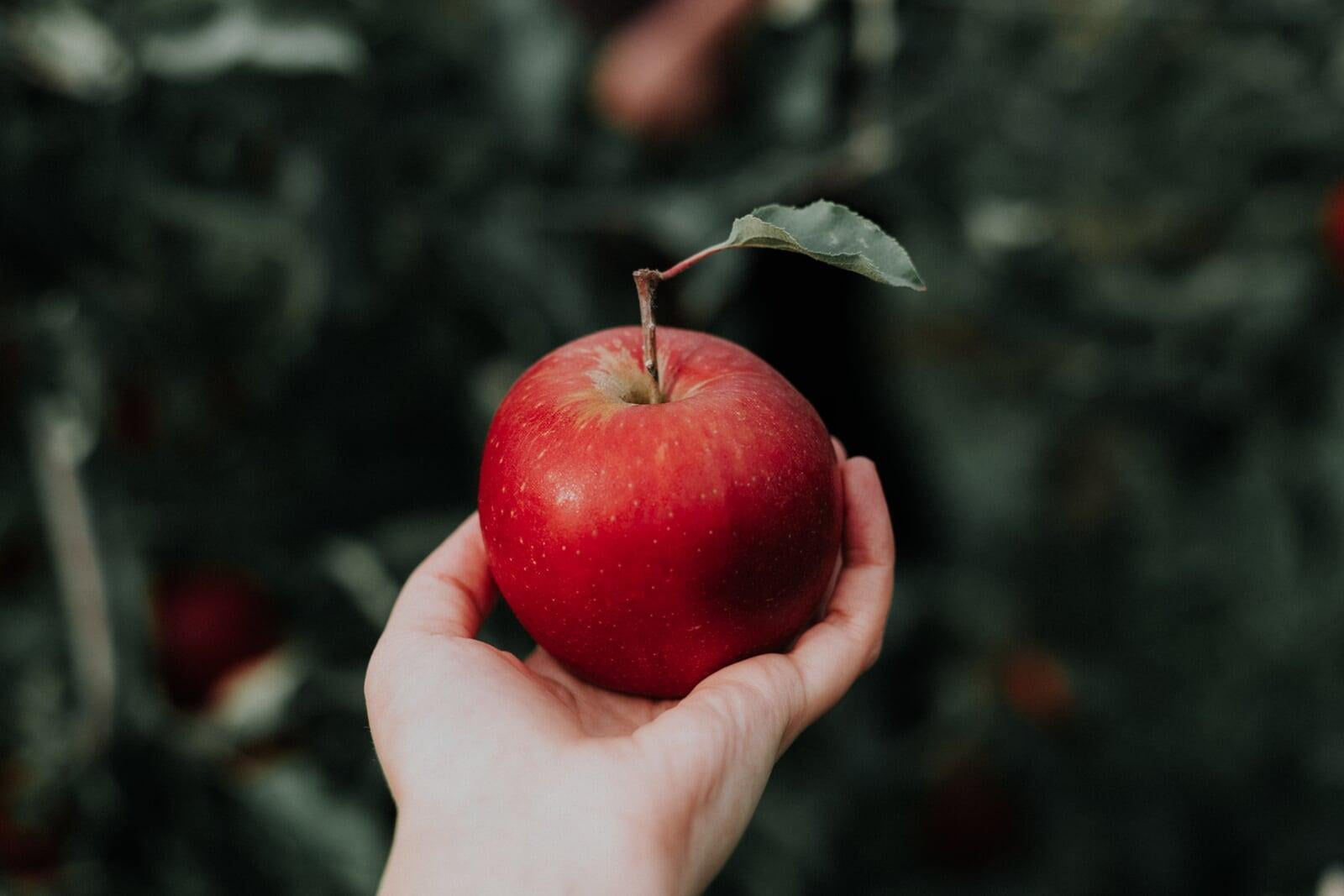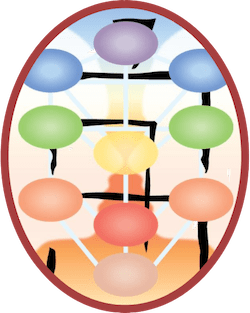In celebration of the wondrous nutritional properties of apples
In celebration of the wondrous nutritional properties of apples
With more than 7,500 varieties in existence, vitamin packed, sweet, crunchy apples are a miracle. While no food is a cure for all maladies, there is wisdom behind the age-old adage "An apple a day keeps the doctor away."

History of Apples
The tree originated in Central Asia, where its wild ancestor, Malus sieversii, is still found today. Apples have been grown for thousands of years in Asia and Europe and were brought to North America by European colonists.
Apples are mentioned in some of human civilization's most ancient texts. A stone tablet found in Mesopotamia, dating back to 1500 B.C., narrates the story of an Apple orchard in exchange of a herd of sheep. Europeans brought apple stock to Virginia and Southwest. John Chapman, who in later years came be known as john Appleseed planted apple trees throughout Ohio, Indiana, and Illinois.
The humble Apple has come a long way. From a wild fruit today it is almost a life-saving element. Apart from its daily use as a raw fruit and juice, apple fruit heath benefits have made it amongst the highest exported fruits in demand. Nearly 8000 varieties of apples are grown across the world. In US alone, it constitutes about 90% of the fruit cultivation and makes for a flourishing industry. Apple will continue to enjoy the queen’s place in the fruit basket of world and will reap returns in the years to come.
Types of Apples
Apples vary in size, color, shape and texture. Here are 10 apples to keep your eye out for at your local farmers market:
Where do Apples Grow?
Apples are indigenous to Central Asia but today, are grown around the world. In 2022, China the charts for world exports of apples, producing 44 million tonnes annually. The top ten apple producing states in the United States are Washington, New York, Michigan, Pennsylvania, California, Virginia, North Carolina, Oregon, Ohio and Idaho (U.S. Apple Association, 2021).
Why You Should Eat Apples
Apples are a great source of Fiber (insoluble and soluble), Phytochemicals (quercetin, catechin, chlorogenic acid, anthocyanin) and Vitamin C.
Apples are rich in quercetin and pectin, both of which are credited for supplying apples with their health benefits. [1] Quercetin is a flavonoid, a type of naturally occurring plant chemical that has antioxidant and anti-inflammatory effects. Pectin is a type of soluble fiber that may help prevent constipation and have a modest effect on lowering LDL, the “bad” cholesterol. Pectin is also fermented by beneficial bacteria in the colon, which produces short chain fatty acids that may play a role in the prevention of chronic diseases, including certain cancers and bowel disorders. [1], [2].
Keep in mind; most of the health benefits of apples are found in their peals, so find a good local farmers market, or scrub your apples free of pesticides and wax before you sink your teeth into this vitamin-packed colorful fruit.
Apples By the Numbers
|
How to germinate an apple seed?
A Word of Caution Before Eating Apples
However, the U.S. Department of Agriculture and the Environmental Protection Agency (EPA) have developed a national pesticide residue database called the Pesticide Data Program (PDP) to collect data each year on pesticide residues in food. One of the most common pesticides used on apples after harvest is diphenylamine, used to prevent apple scald or browning of the skin that can occur during storage. A 2016 analysis from the PDP found that 80% of 531 apple samples contained residues of this chemical at 0.002-3.8 ppm, which is below the EPA’s tolerance level of 10 ppm. [12] A tolerance level is the maximum amount of residue allowed on a raw food. This amount is based on a review of numerous scientific studies to determine possible harmful effects the chemical could have on humans, the amount of residue likely to remain in or on the food, and the amount of the food that people typically eat.
Although some pesticide residue can permeate into the flesh, washing and peeling the apple skin removes much of the pesticide. Apple skin supplies the majority of healthy phytochemicals and fiber, so it is not best to remove it. If one eats several apples a week and is unsure of the amount of pesticides used, purchasing organically grown apples may be an option, although direct evidence is not available that there is an important difference in health effects.
A Tip for Safely Eating Apples
Ode to Apples
Delicious little ladies
Red, crunchy, bright
Tempting so
the fall of Man
No doubt
a delight
Bursting
with flavor
Nature’s
crunchy treat
Good for heart
tummy, kidneys
For thanking teachers
so sweet
There is wisdom
in the age-old adage
About one
each day
So find an orchard
Or sprout a seed
Let Jonnie
lead the way!

1. Gerhauser C. Cancer chemopreventive potential of apples, apple juice, and apple components. Planta medica. 2008 Oct;74(13):1608
2. Koutsos A, Tuohy KM, Lovegrove JA. Apples and cardiovascular health—is the gut microbiota a core consideration?. Nutrients. 2015 May 26;7(6):3959-98.
